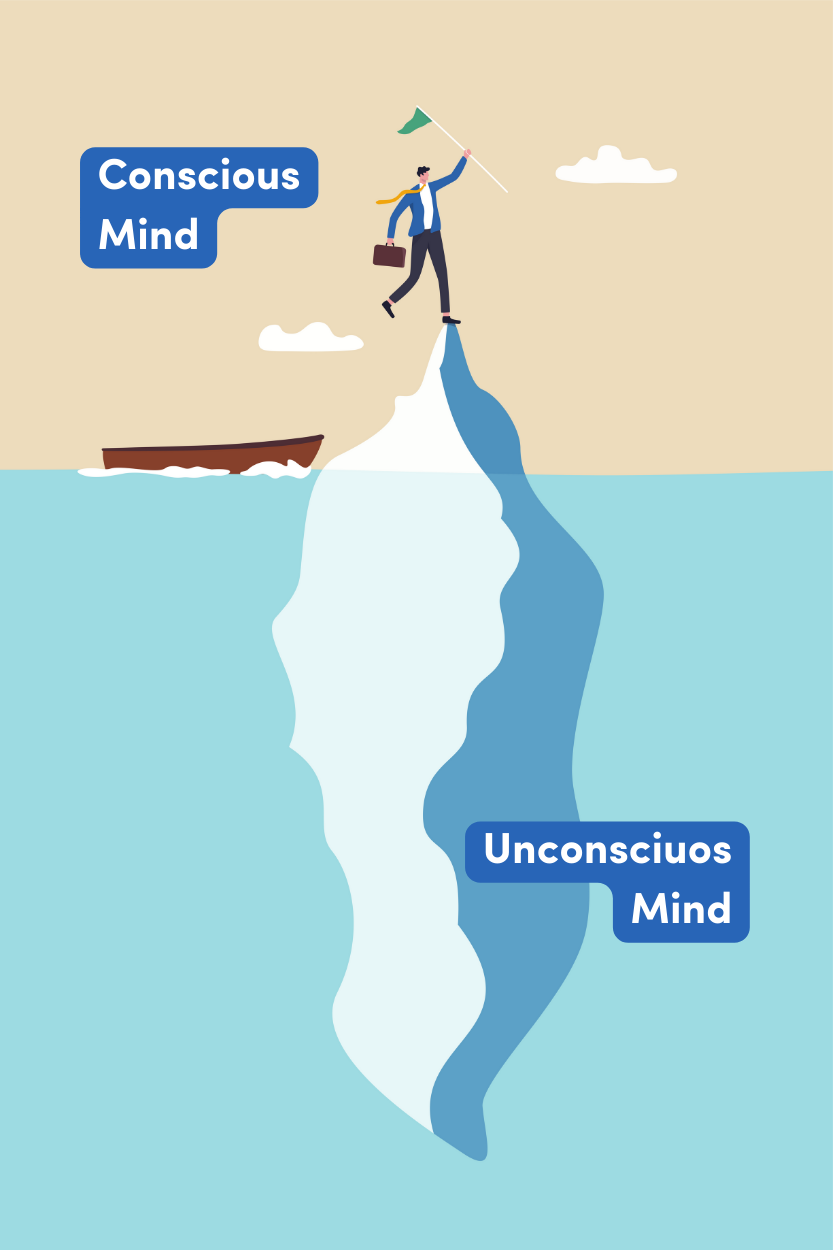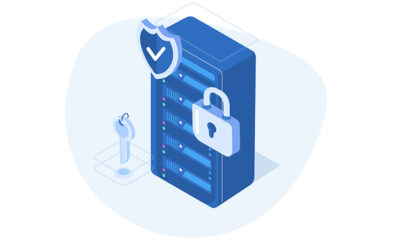Events, trade fairs and conferences are fast-paced, high-pressure environments. It’s quite common for emotions to run high when situations escalate resulting in customers getting frustrated. So how do event managers handle conflicts with customers?
Whether we like it or not, people who work in the service industry have to deal with difficult or upset customers at some point. This is particularly true in the events world.
It could be an exhibitor whose internet connection doesn’t work. Or a conference visitor that had to wait too long at the registration desk. It could even be a visitor who would like a refund of his entry fee. There’s nothing that can’t happen.
It doesn’t matter if the customer is in the right or not. As the event manager, you have to resolve the issue with care.
There are very different reasons why the customer has to let off some steam. Sigmund Freud is spot on with his iceberg theory: only a fraction of feelings, motivations and decisions are made consciously, and a large part has to do with the unconscious.

For those of you who have been in the events business a little longer, seeing a fuming customer ready to explode is nothing new. Event managers who are new to the game are often overwhelmed by such challenges. They might take the criticism personally, or react emotionally, which makes the situation worse.
In the social media world, an angry customer can very quickly spread negativity and multiply. Particularly when other customers experience their reaction, they can further spread their discontent on social channels.
What advice can we give event managers who have newly started out so they deal with upset customers effectively?
First, stay calm
The first reflex when attacked personally, is to justify oneself.
This reaction can backfire. The first rule is to stay calm, even when you want to retaliate.

Don’t take it personally
This is the hardest thing to do. We tend to take things from our work lives to heart. However, it’s important to remember that the customer is unsatisfied with the event, trade fair, or something else entirely. Not with you as a person.

Try to see your role only as a service provider: Your customer has a problem and you are solving it.
De-escalate the situation with active listening
The first step toward the solution is to listen to the customer carefully. Try not to rush to conclusions or stifle the customer along the lines of “I know exactly what your problem is”. The customer definitely wants to feel heard when they are angry.
Ask the customer to elaborate on their problem and focus on what they say. Ask questions to be sure you’ve understood correctly. Give the customer your undivided attention.
Understand where the customer is coming from and apologize
After your customer has explained their problem, say something along the lines of: “I understand that you are annoyed, I would be too”, “I’m sorry that you have had this experience”, “I understand that you are angry that your internet connection still isn’t working”.

By doing so, you are assuring the customer that you are on their side, which will take a fair amount of wind out of their sails. Pay attention to your body language. Make sure your arms are not crossed and your body has a more welcoming posture. This will make the customer feel you want to understand where they are coming from.
Find a solution or compromise
Now it is time to offer a solution. Ask the customer what should be done in their opinion or offer a solution.
Explain to the customer what exactly you are going to do to solve the problem and be binding: “I’ll inform our exhibitor service personally and the technician, Mr Smith, will be at your stand within the next half hour”.

Give the customer your name and your contact details too. Create a digital business card to make this even simpler and smoother.
This can succeed in the customer getting to know you personally as an efficient service provider and you This will reassure the customer that you are an efficient service provider. It’ll also make them reframe their opinion about your event and services positively.
Take a step back and regroup
A stressful situation like handling a difficult customer demands your full attention and a lot of energy. Even if you managed to stay calm, dealt with the customer professionally and found a solution, it’s still a stressful experience for you.

If possible, take some time for yourself and recuperate so you can give your 100% to the next customer.
Evaluate if it is a flaw in the system or the processes
Each customer feedback is helpful if it uncovers deficits in your service or processes. Everything might seem fine from your perspective, but customers might have an issue that you didn’t see coming.

This is ‘Customer Experience’ and this makes or breaks the long-term success of your event. Address these incidents at the debriefing session and think of how you can reshape your event planning to meet your customers’ needs better.
Bottom line
Though we hope to avoid stressful situations, they are bound to happen. Don’t let this get the best of you. It helps to see such circumstances as a chance to prove yourself as a professional service provider and improve customer service in the future.
The good news is that with software solutions from Converve, you can definitely avoid the stress of planning, organizing, matchmaking and networking at events!
You might also find this post helpful: Work-Life Balance Tips – Especially for Event Managers Plagues by Stress



